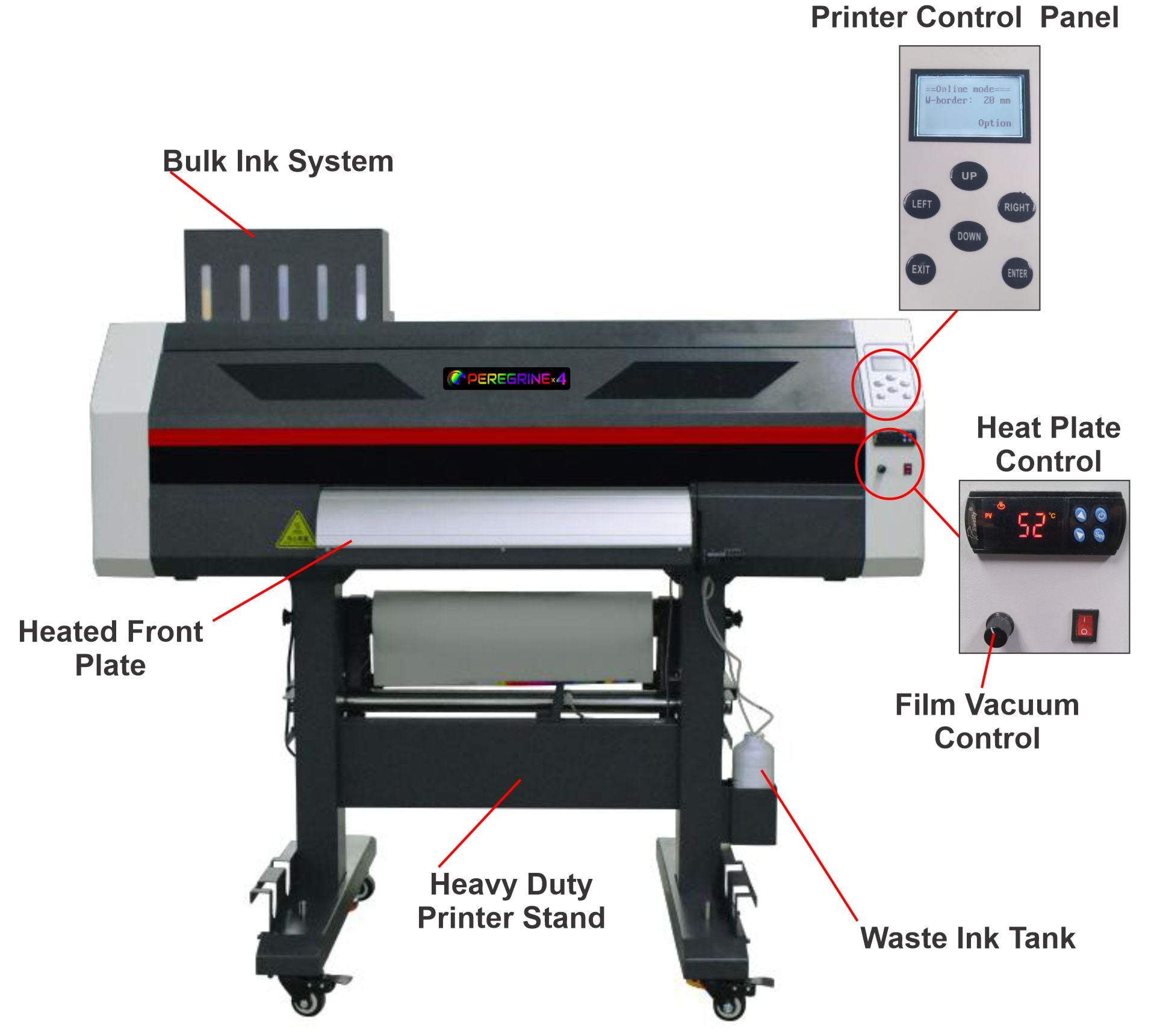DTF Printing Proficiency: Raise Your Textile Creations with Direct-to-Film Technology
DTF Printing Proficiency: Raise Your Textile Creations with Direct-to-Film Technology
Blog Article
Ultimate Overview to DTF Printing Methods for Stunning Textile Layouts
Embarking on the journey of grasping DTF printing techniques can open up a globe of opportunities for producing visually exciting textile styles. As the textile sector remains to advance, staying ahead of the curve with innovative printing approaches is important. In this overview, we will check out the elaborate information of DTF printing, from understanding the basic essentials to unraveling progressed shade techniques that can elevate your designs to new elevations. Remain tuned as we explore the subtleties of picking the appropriate materials, perfecting the printing procedure, and getting over common challenges to attain sensational outcomes.
Recognizing DTF Printing Fundamentals
DTF printing, a process that includes transferring styles from an unique movie to textiles making use of warm and stress, creates the foundation of textile printing methods. This innovative approach permits for top notch, vibrant styles to be flawlessly moved onto various materials with accuracy and detail. The very first step in DTF printing entails creating or selecting a style that will certainly be printed onto the fabric. This style is after that printed onto an unique movie making use of a DTF printer, which uses certain dyes or pigments to ensure color precision and sturdiness.
The last outcome is a spectacular, resilient fabric style that is cleanable, flexible, and resistant to fading. In general, understanding the essentials of DTF printing is important for grasping this modern-day textile printing strategy.
Picking the Right Fabric Materials
Having actually developed the fundamental concepts of DTF printing techniques for textile styles, the following important consideration exists in picking the suitable fabric products to match this innovative procedure efficiently. The success of a DTF print mostly depends upon the compatibility between the selected fabric and the printing strategy. When choosing fabric materials for DTF printing, it is vital to consider the material's structure, weave, and texture. Fabrics that function well with DTF printing consist of polyester blends, spandex, nylon, and various other artificial materials. These textiles typically have a smooth surface area that permits for vivid and thorough prints. Additionally, the stretchability of these materials can suit the warmth transfer process associated with DTF printing without misshaping the layout. It is suggested to prevent natural fibers such as cotton or silk, as they might not produce the exact same degree of print clarity and durability. By choosing the appropriate fabric products, developers can optimize the potential of DTF printing to develop sensational and lasting textile designs.

Understanding the Printing Refine
To stand out in DTF printing methods for fabric designs, mastering the printing process is essential for attaining consistent and premium results. The printing procedure in DTF involves a number of crucial actions that call for accuracy and interest to information. Preparing the artwork for printing is crucial. This consists of making certain the layout is correctly sized and positioned for the textile. Next off, the layout is printed onto a special DTF film using a suitable printer with the best settings to achieve optimal color vibrancy and clarity (DTF Printing). As soon as the design is printed, it is after that moved onto the textile utilizing a warm press machine. The temperature, stress, and period of heat application look at here now must be very carefully managed to make sure appropriate bond of the layout to the fabric. Furthermore, mastering the peeling off procedure after warmth pushing is essential to protect against any type of damage to the layout or fabric. By honing each of these actions in the printing procedure, designers can consistently generate sensational and long lasting fabric layouts with DTF printing techniques.
Enhancing Designs With Color Strategies

Moreover, explore color gradients can bring a sense of activity and fluidity to the design. By blending shades effortlessly, a gradient result can be attained, including a vibrant and modern touch to the textile style. Furthermore, using color blocking methods can produce strong and striking visuals by juxtaposing different solid shades in distinctive areas of the layout.
Furthermore, including metal or neon colors can offer a unique and attractive element to the fabric style, making it stand apart and exhibit a feeling of vibrancy. When purposefully used, these shade techniques can elevate the total aesthetic charm of fabric styles, making them more exciting and unforgettable.
Troubleshooting Common DTF Printing Issues
After exploring numerous color methods to boost fabric designs, it is vital to attend to typical DTF printing problems that may arise throughout the manufacturing process. Furthermore, problems with picture clearness and intensity can take place due to low-resolution photos or inappropriate printing strategies. By being conscious of these typical issues and applying the essential troubleshooting actions, you can improve the overall quality of your DTF printed textile designs.
Conclusion
In verdict, mastering DTF click to read printing methods is necessary for developing spectacular fabric designs. With practice and interest to detail, one can develop gorgeous and unique fabric layouts utilizing DTF printing methods.
)))))
DTF printing, a process that involves moving styles from a special movie to fabrics utilizing warmth and pressure, forms the structure of fabric printing strategies.Having actually established the fundamental principles of DTF printing strategies for fabric layouts, the next critical factor to consider exists in choosing the ideal textile materials to complement this cutting-edge procedure efficiently. By picking the right textile materials, designers can maximize the possibility of DTF printing to create long-lasting and stunning fabric layouts.
To excel in DTF printing strategies for fabric styles, understanding the printing process is crucial for attaining high-quality and consistent outcomes. DTF Printing. internet By honing each of these actions in the printing procedure, designers can constantly produce sensational and long lasting textile layouts with DTF printing methods
Report this page